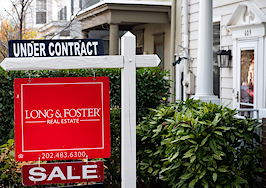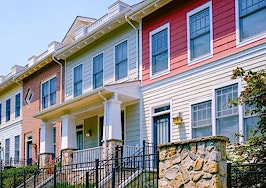Well-to-do Americans are still scrambling to find a home-away-from-home two years into the pandemic, propelling second-home demand 87 percent over pre-pandemic levels, according to data released Thursday by Redfin.
In January, vacation-home demand soared to the highest it’s been in a year and just below a record 90 percent gain in demand tallied in September 2020.
The popularity in second homes is so great that it’s actually outpacing demand for primary homes, which was up only 42 percent from pre-pandemic rates as of January.
Redfin gathered demand levels for this report by analyzing residential mortgage-rate lock data.
Second-home demand saw a slight dip in spring 2021 before rising again in the fall, potentially with the threat of rising mortgage rates at hand.
“Demand for second homes was strong in January as buyers tried to lock in relatively low mortgage payments,” Redfin Deputy Chief Economist Taylor Marr said in a statement.
“Mortgage rates surpassed 3.5 percent in January for the first time since March 2020, encouraging buyers who were on the fence about purchasing a vacation home to commit before rates increase further. While I expect demand for second homes to remain higher than it was before the pandemic, mostly because of remote work, it may fall slightly in the coming year as mortgage rates continue to go up and fees for second-home loans increase.”

Seasonal towns seem to be benefitting the most from the surge in vacation-home interest, with median home prices in these markets up 20 percent year over year (marking 18 consecutive months of double-digit price growth), compared to 13 percent in non-seasonal towns.

As of December, the typical home located in a seasonal town sold for $501,000. In non-seasonal towns, the typical home sold for $408,000. Redfin considers a market seasonal if more than 30 percent of housing is used for seasonal or recreational uses, according to 2019 Census data.

Strong demand for second homes in seasonal towns is likely also adding to comparatively tighter markets, Redfin’s analysis noted. During the fourth quarter, the number of homes for sale in seasonal towns was down 29 percent year over year, while the number of listings was down by just 16 percent in non-seasonal towns.









